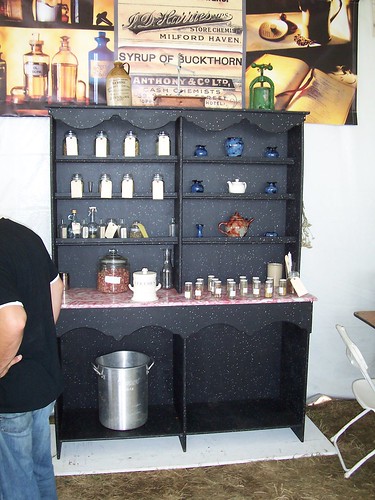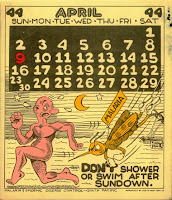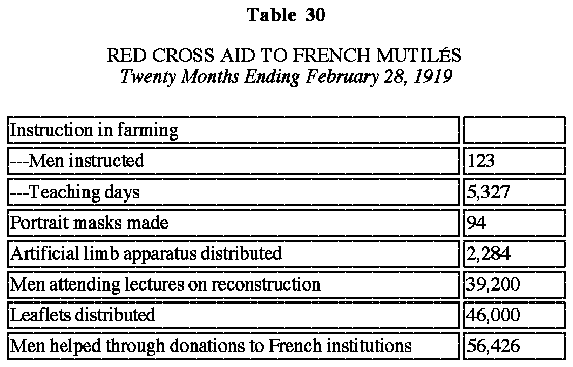
My friend Bert Hansen's got an excellent new book out,
PICTURING MEDICAL PROGRESS FROM PASTEUR TO POLIO: A History of Mass Media Images and Popular Attitudes in America that includes a minuscule amount of research from the Medical Museum (and cites me in the acknowledgments, but don't buy it just because of that). I'm about 1/3 of the way through and learning about the history of both medicine and cartoons.
I'm really enjoying his look at the graphic history (including editorial cartoons and comic books) of medicine. Bert's explanations of the shifting cultural view of medicine resulting from mass media, especially regarding both the transmittal of knowledge to a wider audience than ever before, and, as he points out most convincingly in this book, for the public support of science and medicine, is wildly overlooked in the field at large.
His website has reproductions of
some of the cartoons and he's planning on adding to it.
Here's the official PR:FOR IMMEDIATE RELEASE
PICTURING MEDICAL PROGRESS FROM PASTEUR TO POLIO
A History of Mass Media Images and Popular Attitudes in America
Bert Hansen
“Bert Hansen’s rich exploration of the intersection of popular culture and the history of medicine opens wide a window on a time between the 1880s and the 1950s when physicians, nurses, and scientists were highly regarded warriors against disease and human suffering. It is a major contribution to our understanding of how medicine’s cultural authority was established and expanded in the United States, vital to scholars and valuable to those who hope to spark a renewed enthusiasm among Americans for the study of science and medicine.”
—Alan Kraut, professor of history, American University
Today, pharmaceutical companies, HMOs, insurance carriers, and the health care system in general may often puzzle and frustrate the general public—and even physicians and researchers. By contrast, from the 1880s through the 1950s Americans enthusiastically embraced medicine and its practitioners. PICTURING MEDICAL PROGRESS FROM PASTEUR TO POLIO (Paper $37.95, ISBN: 978-0-8135-4576-9, July 2009), by Bert Hansen, offers a refreshing portrait of an era when the public excitedly anticipated medical progress and research breakthroughs.
PICTURING MEDICAL PROGRESS FROM PASTEUR TO POLIO is a unique study with 130 archival illustrations drawn from newspaper sketches, caricatures, comic books, Hollywood films, and LIFE magazine photography. This book analyzes the relationship between mass media images and popular attitudes. Bert Hansen considers the impact these representations had on public attitudes and shows how media portrayal and popular support for medical research grew together and reinforced each other.
“This book is analytical, nostalgic, sensitive, and just plain fun. Bert Hansen's meticulous privileging of the visual is a pathbreaking achievement for methods in the social and cultural history of medicine. You can be rewarded simply by looking at the wonderful pictures, but you will ‘see’ so much more in his lively prose.”
—Jacalyn Duffin, Hannah Professor, Queen's University, and former
president of the American Association for the History of Medicine
“Even as a long-time collector of medical prints, I learned a lot from this extraordinary book. Hansen's digging has turned up many discoveries, providing a new perspective on graphic art in popular culture. The images are wonderful, but this is not just a picture book; it's a great read as well, filled with remarkable insights.”
—William Helfand, trustee of the Philadelphia Museum of Art
“PICTURING MEDICAL PROGRESS FROM PASTEUR TO POLIO is an authoritative, well-written account that will be a significant contribution not only to the history of American medicine, but to the history of American popular culture.”
—Elizabeth Toon, Centre for the History of Science, Technology and Medicine, University of Manchester
BERT HANSEN, a professor of history at Baruch College, has published a book on medieval science and many articles on the history of modern medicine and public health.
PICTURING MEDICAL PROGRESS FROM PASTEUR TO POLIO
A History of Mass Media Images and Popular Attitudes in America
Bert Hansen
Paper $37.95 | ISBN 978-0-8135-4576-9
Cloth $75.00 | ISBN 978-0-8135-4526-4 | 350 pages | 7 x 10
Publication Date: July 2009







































